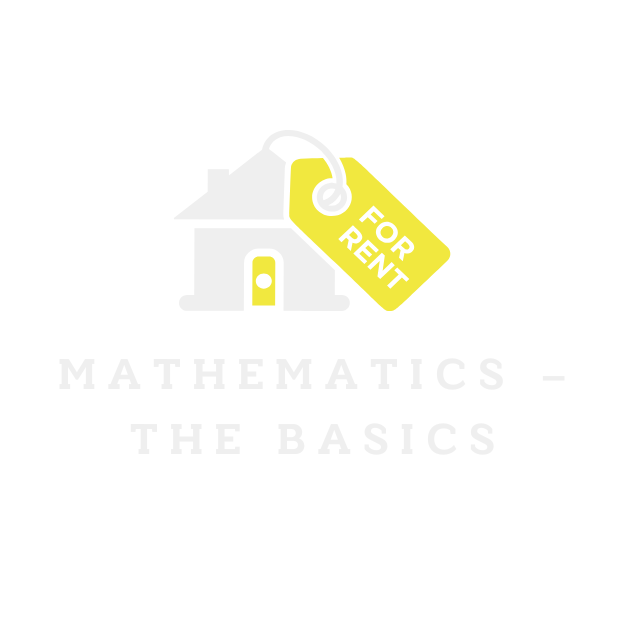Navigating the world of homeownership can feel like wandering through a maze with a blindfold on. With so many costs involved, it’s easy to get lost in the sea of mortgage rates, property taxes, and maintenance fees. But fear not! This guide is here to shine a light on the often-overlooked expenses of owning a home versus renting, helping anyone make a savvy decision without breaking the bank—or their spirit.
Table of Contents
ToggleOverview of Homeownership Costs
Understanding the costs associated with homeownership is essential for making informed choices. Key expenses include mortgage payments, which can fluctuate based on interest rates and loan terms. Property taxes also represent a significant financial burden and vary widely by location, often ranging from 1% to 2% of the property’s assessed value annually. Maintenance costs can add up quickly, averaging about 1% of a home’s value each year, demanding attention for upkeep and repairs.
Insurance premiums play a crucial role in financial planning as well. Homeowners typically pay for property insurance, which protects against disasters and liabilities. Average premiums can range from $800 to $2,000 annually, depending on coverage levels and regional risks.
Utilities provide another layer of ongoing expenses, including electricity, water, and gas. Monthly utility bills can total anywhere from $150 to $400, varying by home size, usage, and local rates. Homeowners often face additional costs related to renovations or upgrades, especially in maintaining property value or improving livability.
As a result, comparing these costs with renting reveals significant financial implications. Rent may provide flexibility and lesser immediate responsibilities, but long-term ownership costs often outweigh short-term rental savings. Evaluating all these expenditures helps in assessing the overall financial impact of becoming a homeowner versus remaining a renter.
Detailed analysis of homeownership costs reinforces the importance of thorough financial planning. Prioritizing a budget that accounts for these elements supports informed decisions, ensuring potential buyers navigate the complexities of ownership effectively.
Factors Influencing Homeownership Costs
Understanding factors influencing homeownership costs is crucial for potential buyers. Various elements can significantly impact the overall financial commitment.
Location and Real Estate Market
Real estate markets differ widely by location. Urban areas often feature higher property values compared to rural regions. According to data, property taxes range from 1% to 2% of assessed home values, with market trends affecting these rates. Supply and demand dynamics play crucial roles, leading to fluctuations in home prices. Seasonal trends can also produce variations in housing prices. Knowing the neighborhood’s appreciation potential helps assess long-term investment value. Proximity to amenities and quality schools can further enhance home values.
Property Type and Size
The type and size of a property shape ownership costs significantly. Smaller homes typically require lower maintenance expenses, averaging about 1% of their value annually. Condominiums may carry additional homeowners association fees. Single-family homes often incur expenses related to landscaping and repairs. Buyers should consider floor plans that suit their needs and budgets. Energy-efficient features can reduce utility costs significantly. Moreover, larger properties necessitate greater expenditures on maintenance and utilities. All these factors contribute to the overall cost analysis for informed decision-making.
Comparing Homeownership Costs vs. Renting
Homeownership costs often exceed initial perceptions. Analyzing expenses reveals significant financial differences between ownership and renting.
Initial Costs
Purchasing a home involves several initial costs. A down payment typically ranges from 3% to 20% of the property price. Closing costs add another 2% to 5% to this initial investment. Home inspections also incur costs, averaging between $300 and $500. Appraisal fees, necessary for determining property value, can vary from $300 to $700. Mortgage origination fees often arise and can be about 1% of the loan amount. These expenses add up quickly, making homeownership a more substantial upfront investment compared to renting, where security deposits and first-month rent typically suffice.
Ongoing Expenses
Ongoing expenses reflect the reality of homeownership. Monthly mortgage payments fluctuate, influenced by interest rates and loan terms. Property taxes, calculated at 1% to 2% of the assessed property value, create continuous financial obligations. Regular maintenance costs average around 1% of a home’s value each year, covering repairs and upkeep. Homeowners also face insurance premiums, which vary significantly based on property location and characteristics. Utility expenses, ranging from $150 to $400 monthly, further contribute to financial commitments. Renting generally involves fewer ongoing costs, but the long-term investments associated with owning typically outweigh the short-term savings of renting.
Long-Term Financial Implications
Understanding long-term financial implications holds significance for homeowners. Several key factors illustrate how ownership impacts finances over time.
Equity Building
Building equity represents one of the primary advantages of homeownership. Homeowners accumulate equity as the property appreciates and mortgage payments reduce principal balance. For instance, homes often increase in value by 3% to 5% annually, depending on market conditions. Unlike renting, where money spent on monthly payments does not contribute to ownership, each mortgage payment effectively invests in the homeowner’s asset. Ultimately, as equity grows, homeowners gain financial leverage for future investments or refinances.
Tax Incentives
Homeownership can offer valuable tax advantages. Many homeowners benefit from the mortgage interest deduction, significantly lowering taxable income. This allows homeowners to deduct interest payments on loans for their primary residence from their taxable income. Additionally, property tax deductions further enhance potential savings. Homeowners may deduct local and state property taxes, which can amount to hundreds or thousands of dollars annually, depending on property value and tax rate. These incentives help offset some costs and provide substantial financial relief over time.
Conclusion
Navigating the costs of homeownership requires careful consideration and planning. With various expenses such as mortgage payments property taxes and maintenance fees potential buyers must weigh their options against renting. While the initial investment in a home is significant the long-term benefits can be substantial.
Understanding the financial implications of homeownership is crucial for making informed decisions. By accounting for both immediate and ongoing costs prospective homeowners can better prepare for the responsibilities that come with owning a property. Ultimately a well-planned budget that considers all aspects of homeownership can lead to a rewarding investment in the future.



